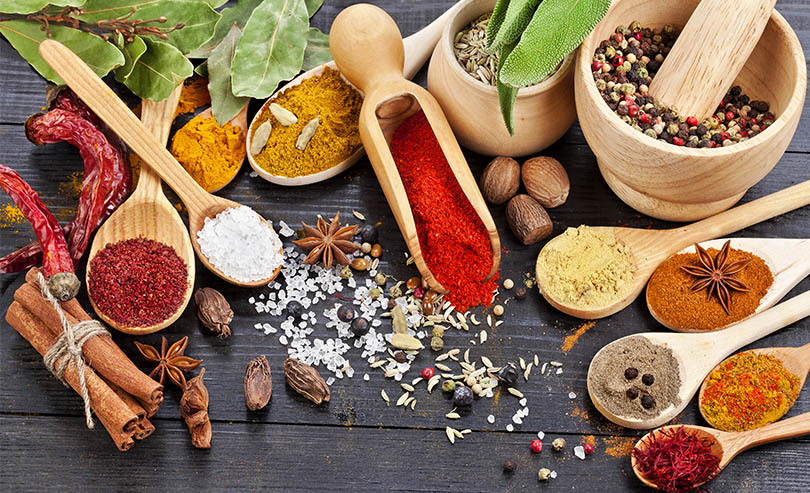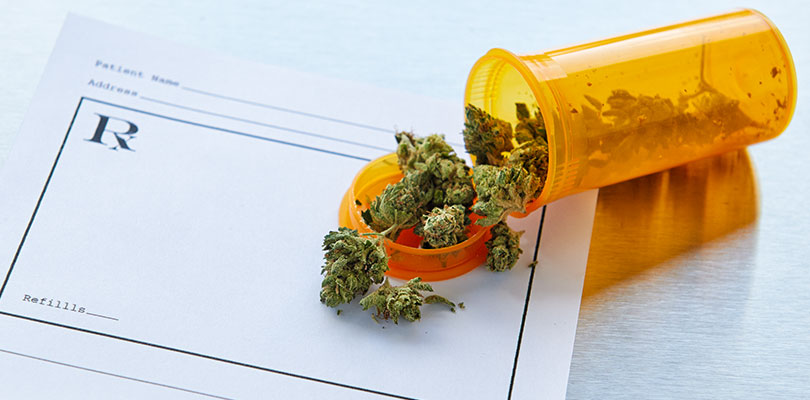Clotting Concerns
If you’ve recently been diagnosed with ITP, it’s important to understand that you have a higher risk of both blood clots and cancer. In this article, we’ll define ITP, establish the link between ITP and cancer, identify blood-thinning foods you can add to your diet, the worst carcinogenic drinks and look at a treatment option like Panzyga, primarily indicated for the treatment of primary humoral immunodeficiency (PI). It works by providing antibodies that the patient's immune system lacks, helping prevent infections.
Worst Carcinogenic Drinks to Avoid
- Soda.
- Sugary fruit drinks.
- Energy drinks.
- Sweetened iced tea.
- Alcohol.
- Processed fruit juices.
Colorectal cancer is one of the leading cause of cancer-related deaths in the United States. Here's what you need to know about colon cancer.
What is ITP?
Immune thrombocytopenic, commonly referred to as ITP and formerly known as idiopathic thrombocytopenic, is an illness that results in cases of bleeding and bruising. It’s caused when people have a low count of the cells that prevent blood clots from happening. These cells are called platelet cells. Those people with a low platelet count are at the highest risk of getting an ITP illness diagnosis.
Signs that you may have ITP include red dots on the skin known as purpura and bruises that are purple. While some people with ITP may not require anything from a doctor, most need medicine to raise the number of platelet cells in their body. In rarer cases, surgery may be suggested by a healthcare professional.
Other symptoms of ITP include the ability to bruise easily and bleeding. Bleeding tends to happen out of the nose, from the gums or during menstruation. Blood may also appear in your urine or stools.
ITP and Cancer
A Swedish study found that ITP and cancer are linked. Those with ITP are at higher risk when it comes to certain types of cancer.
Over 66,000 people participated in the study, and over 6,500 of these patients had been diagnosed with ITP. All participants were selected at random through the Total Population Register.
The study found that patients with ITP had a higher risk of gastrointestinal, skin, lymphoid, hematological and lung cancer when compared to the patients in the study who didn’t have an ITP diagnosis. They were more likely to get cancer and require cancer treatment. The overall cancer risk was found to be highest in the first year.
Foods That Reduce the Risk of Blood Clotting
Those with ITP are at increased risk of suffering from blood clots due to their low count of platelet cells. Those with the illness can take dietary steps to reduce the risk of blood clotting. Here are foods you can add to your meals to help thin your blood and reduce risk.
Turmeric
Turmeric is blessed with the ingredient curcumin, which has special qualities for thinning blood. This makes it a great spice for those with ITP. It’s easy to find in the shops too and is a tasty addition to soups.
Garlic
There’s evidence that garlic is a beneficial food when it comes to reducing the risk of blood clotting. Garlic can help to reduce blood pressure and is delicious when added to bread to make garlic bread. It’s also perfect in hummus, pasta sauces and inside pies.
Vitamin E
When people think of vitamins like Vitamin E, they often think of supplements. While this is an avenue to consider, Vitamin E is also found in plenty of foods you probably already eat. The key is to add more of these foods to your diet. Almonds, sunflower oil, peanut butter and whole grains are all sources of Vitamin E.
When enjoyed in safe quantities, Vitamin E has blood-thinning qualities - perfect for those with a low platelet cell count.
Ginger
Ginger reduces thromboxane. Why’s that important? Well, thromboxane is a hormone that results in platelet cells sticking together. This makes them substantially less effective, making blood clots more likely. By adding more ginger to your meals, you’ll reduce the chances of these cells sticking together.
Ginger is one of the most versatile food items on our list. It’s great in smoothies or juices and even comes in the form of a ginger shot. You can also find ginger tea and work ginger into your baking.
Grape Seed Extract
Studies have shown that grape seed extract has similar results to ginger in reducing the chances of platelet cells sticking together. Grape seed extract is harder to come by but is available in health food stores and pharmacies.
Aloe
Aloe contains salicylates, which it’s believed can thin blood and reduce the risk of blood clotting. Again, it’s harder to come by than ginger, garlic and turmeric. It’s most commonly found as a juice or gel, the latter of which can be combined with soft fruits in a bowl.
Panzyga
Panzyga is mainly used to treat primary humoral immunodeficiency (PI), a condition where the immune system doesn't produce enough antibodies to fight infections. It functions by supplying the antibodies that the patient's immune system is deficient in, aiding in the prevention of infections. This medication helps bolster the body's defense against harmful pathogens, reducing the risk of illness and promoting overall health in individuals with PI.
Foods That Help Prevent Blood Clotting
- Fatty fish (e.g., salmon, mackerel, trout).
- Leafy greens (e.g., spinach, kale, collard greens).
- Berries (e.g., strawberries, blueberries, raspberries).
- Nuts and seeds (e.g., walnuts, almonds, chia seeds).
- Turmeric.
- Garlic.
- Ginger.
- Dark chocolate (in moderation).
- Citrus fruits (e.g., oranges, lemons, grapefruits).
- Tomatoes.







